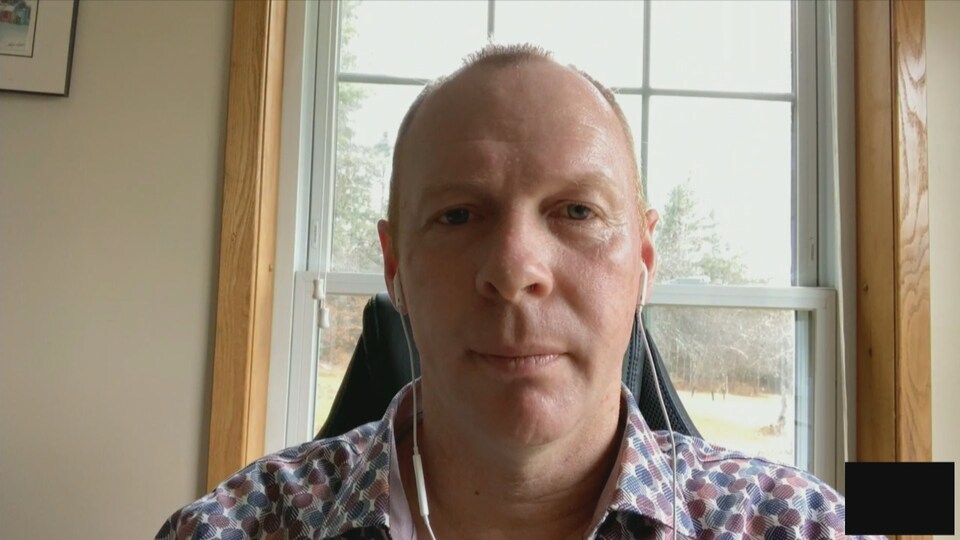The Department of Youth Protection’s (DPJ) program that prepares young people to leave the system when they are 18 has failed to adequately protect them from homelessness or school dropout, says a new report by research.
Our data show that young people experience significant difficulties when they leave youth protectionsummarizes Martin Goyette, professor at ENAP and one of the report’s authors.
Together with his team, he took an interest in the course of life of more than 300 young people who benefited from the Youth Qualification Program (PQJ).
This program is intended for young people from DYP who are seeking support to prepare them for their 18th birthday, when they are no longer in system services. Only a limited number of young people have access to it at present.
By comparing their progress with other youth from DPJ who did not benefit from the program, the researchers noticed significant differences.
They found that nearly 15% of youth who benefited from the Youth Qualification Program were not working or studying. Surprisingly, this was twice as high as young people who did not receive the support the program offered.
The report’s authors also noted that youth who benefited from PQJ were more at risk of experiencing a period of homelessness when they left the youth protection system than those who did not participate in the program.
Results that can be explained
How can young people who have benefited from support be less able to do so than those without access to it? The explanation is simple: PQJ is primarily focused on young people experiencing the greatest poverty.
For example, program participants were more likely to report having mental health problems than other children in DYP in general.
” If we take the young people with the darkest prospects […] it should not be surprising that, on the other side of the fence, when they come out of placement, they have less favorable indicators. “
In a way, the Youth Qualification Program therefore achieves its purpose, as it makes it possible to offer support to youth who are most at risk. PQJ is an absolutely essential interventionby Martin Goyette.
However, it noted the urgency of finding other solutions, because the PQJ, on its own, cannot meet all needs in housing, education or employment for these young people who are already struggling.
PQJ failed to provide housing for all youth leaving PQJ. To believe that the PQJ can do that is a bad thing, because it is not possible, because of the ways it has, to achieve this goal.said Mr. Goyette.
Create new programs
Recently, the Minister for Health and Social Services, Lionel Carmant, promised to offer a better transition to adulthood for young people in DPJ.
Mr. likes. Carmant to make the Youth Qualification Program accessible to as many youth as possible and improve it by adding services. However, this is not the right solution, according to Professor Goyette.
Based on Laurent’s commission recommendations, Professor Goyette believes Quebec should create new programs to help young people find housing, education and find employment when they leave DYP.
” We really need to develop, as in other jurisdictions, core programs called extended post-placement support programs. “
Each year, approximately 2,000 young people leave the DYP system because they have reached the age of majority.
Source: Radio-Canada
